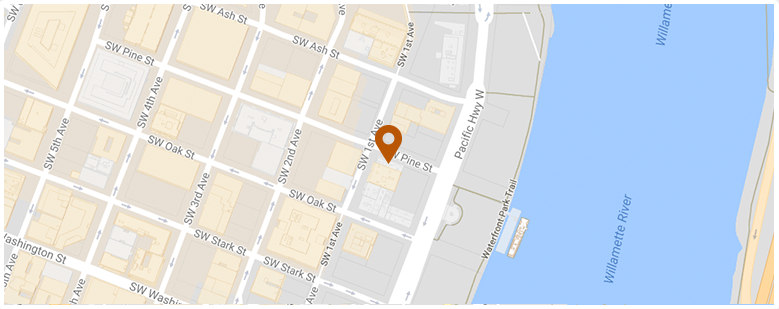The wrongful and unexpected death of a loved one can be overwhelming. It often involves grieving and caring for other affected family members. It may include having to plan final arrangements while also fielding phone calls from insurers and others seeking to obtain a quick (and cheap) settlement of your legal claims. As you deal with your family matters, rely on an experienced Oregon wrongful death lawyer to provide the assistance you need in addressing the legal matters.
This skillful representation matters because your case may involve a large amount of damages and will probably encounter a vigorous (and well-funded) opposition. A knowledgeable legal advocate can make sure everything is done properly… and on time.
Timing is a crucial element, as a recent federal wrongful death case shows. The case involved a Washington man who worked in shipyards for much of his 20s, often working with and/or near materials that contained asbestos.
 Oregon Injury Lawyer Blog
Oregon Injury Lawyer Blog


